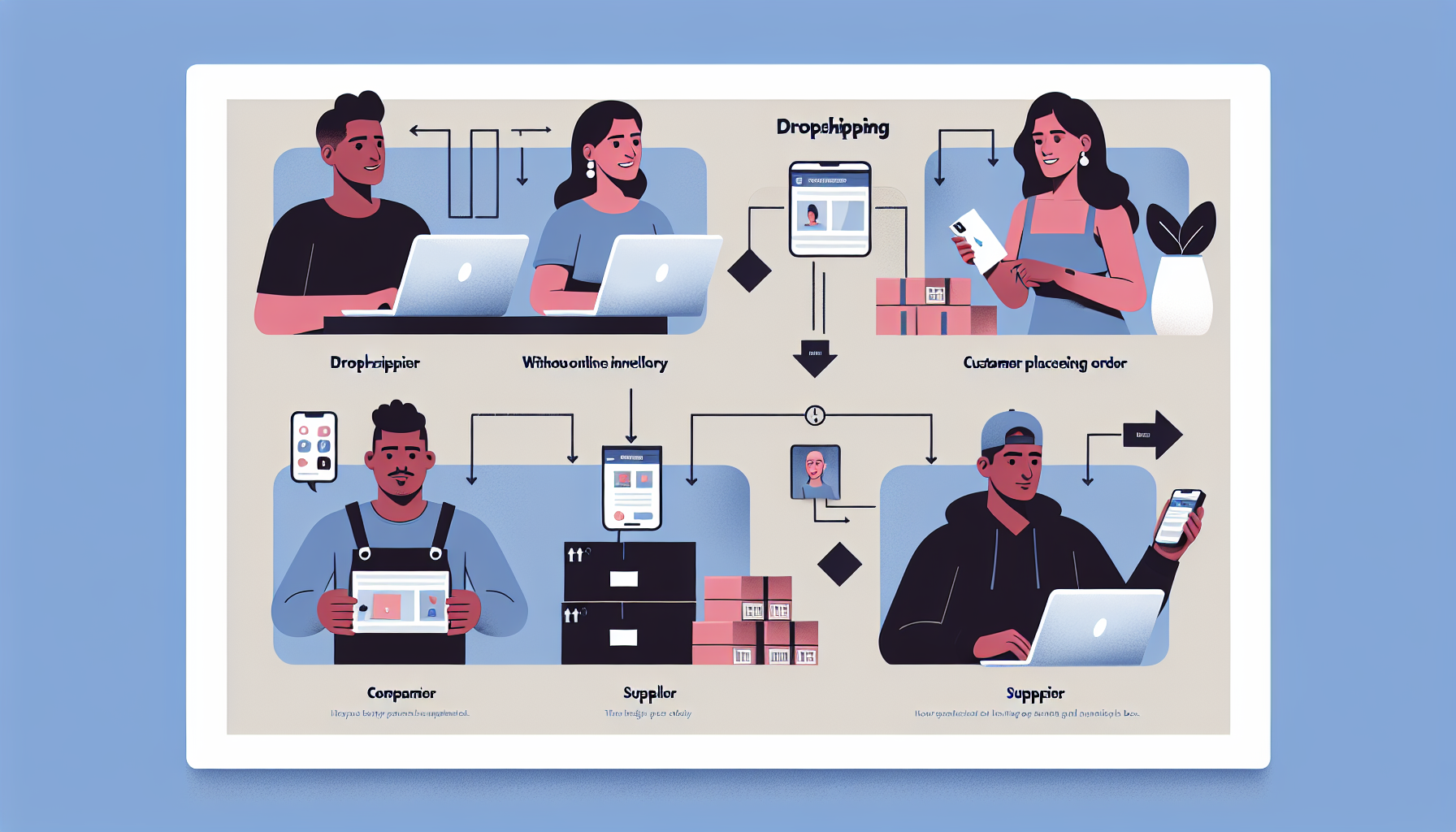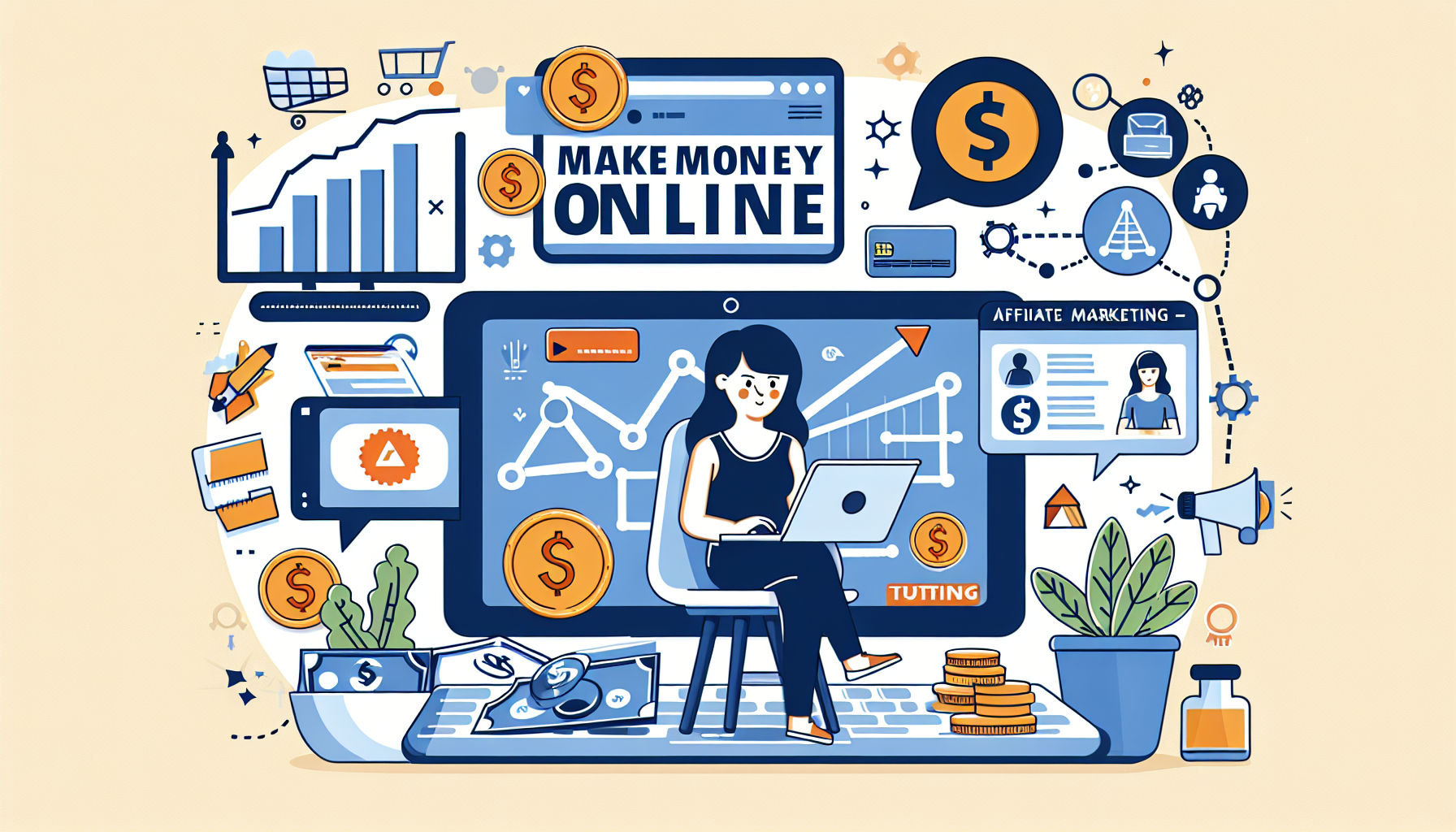Dropshipping is a popular business model known for its low costs and flexibility.
Sellers can offer products without holding inventory. When an order is placed, the seller forwards details to a supplier, who ships directly to the customer. This approach reduces risks and lets entrepreneurs explore niches with minimal investment.

Understanding the Dropshipping Model
- No Inventory Held:
In traditional retail, sellers must purchase large quantities of inventory and store them until the items are sold. With dropshipping, you list products on your website or marketplace, and only purchase the item from a supplier after you’ve made a sale. This means you don’t have a warehouse full of unsold products. - Direct Shipping from Supplier:
Once a customer places an order on your online store, you forward the order details to your supplier or manufacturer. This supplier is responsible for packaging and shipping the product directly to the customer. Essentially, you act as the middleman between the customer and the supplier. - Lower Upfront Costs:
Since you’re not purchasing inventory upfront, the capital required to start a dropshipping business is relatively low. This business model is especially appealing for individuals looking to test new products or enter different markets without significant financial risk.
──────────────────────────────
How the Dropshipping Process Works: From Order to Delivery
Step 1: Customer Places an Order
The process starts when a customer visits your website or sales page. After exploring your products, they place an order. Your store displays product details, prices, and images provided by the vendor, which you’ve organized to match your brand.
Step 2: Order Notification and Processing
Once the order is placed, payment and order details are received. Within 24 to 48 hours, the order is sent to the dropshipping supplier. Automated notifications are often used to keep the process smooth and efficient.
Step 3: Supplier Packs and Ships the Order
After receiving the order, the supplier quickly packages the product and sends it to the customer’s address. Most dropshipping suppliers provide tracking details so customers can follow their package. This step is key to ensuring customers know when to expect their delivery.
Step 4: Customer Gets the Product
The customer receives their order, usually unaware that it came straight from the supplier instead of your warehouse. Your main job is to stay in touch with the customer and handle any issues like returns or questions quickly and efficiently.
──────────────────────────────
Advantages of Dropshipping
Low Initial Investment:
Moreover, without the need to invest in large inventories, entrepreneurs can easily begin selling without incurring significant up-front costs.
Wide Product Selection:
Since you don’t have to pre-purchase the items, you can therefore offer a diverse range of products. Moreover, this allows you to test different niches and adapt quickly to changing market trends.
• Reduced Overhead:
No need for a physical storefront or warehouse means lower ongoing operational expenses.
Scalability:
Since the supplier handles order fulfillment, scaling your business becomes simpler; therefore, you can focus on updating your marketing and customer engagement strategies rather than managing additional logistics.
──────────────────────────────
Disadvantages to Consider
Lower Profit Margins:
As a result of competitive pricing, many dropshipping businesses often experience slim profit margins. Moreover, when shipping costs and fees are taken into account, these margins can become even narrower.
Less Control Over Shipping & Inventory:
As a result of relying on a third party, you have less control over shipping times and product quality. Consequently, delays or errors by the supplier can negatively reflect on your business.
Inventory and Supply Challenges:
For instance, if a supplier unexpectedly runs out of stock or discontinues a product, you may find yourself unable to fulfill orders. Consequently, this can negatively impact customer satisfaction and harm your reputation.
──────────────────────────────
In Summary
Dropshipping simplifies e-commerce for new entrepreneurs. With no need for inventory or high upfront costs, you can test products and expand your business. Choosing reliable suppliers and managing customer expectations is vital. However, lower profits and shipping issues require careful handling.
Whether you’re new to e-commerce or looking to grow, understanding dropshipping is key. From order placement to delivery, mastering this process is vital for success. By learning its details, you can optimize operations and stay agile in a shifting market.

















Leave a Reply